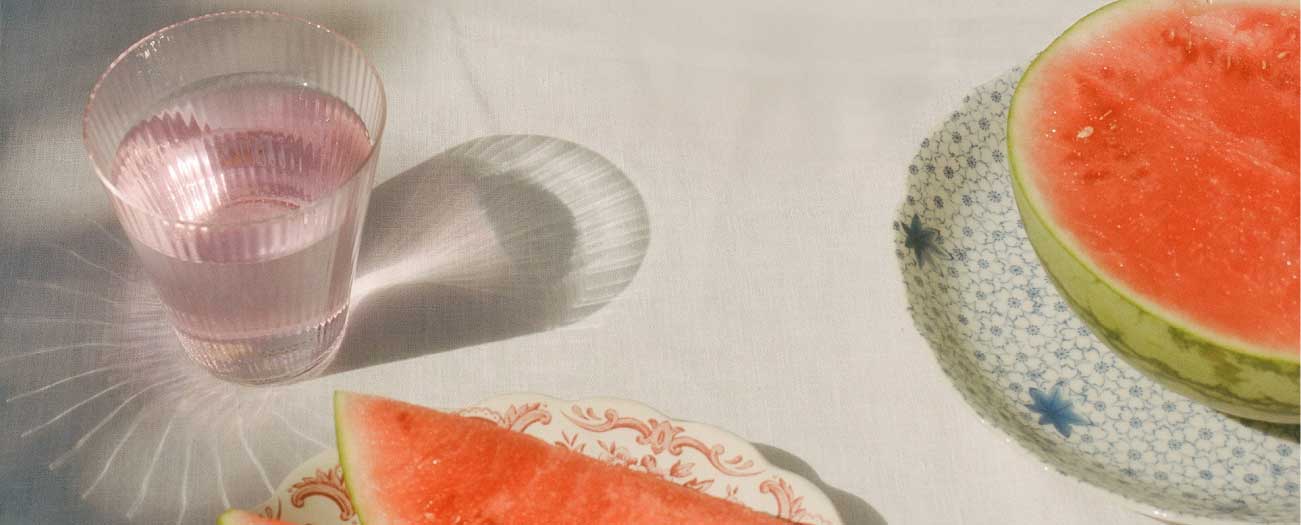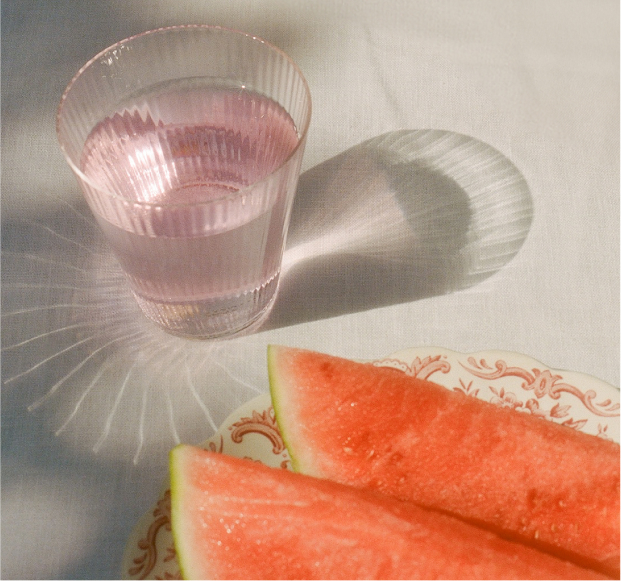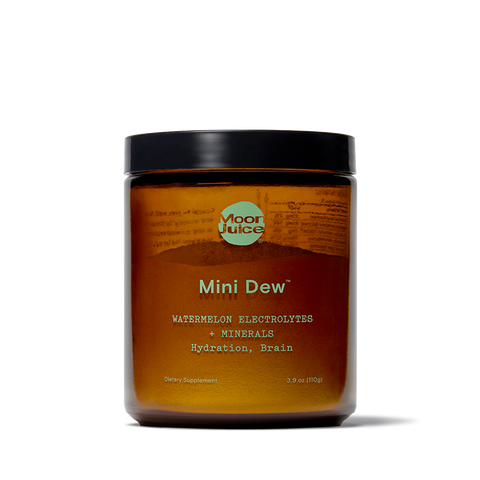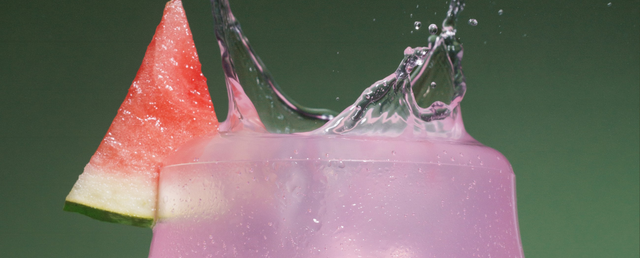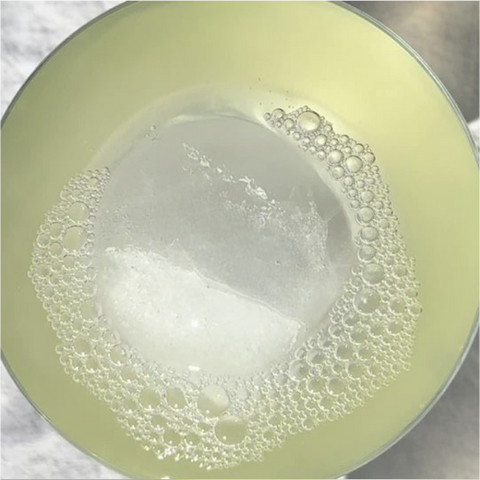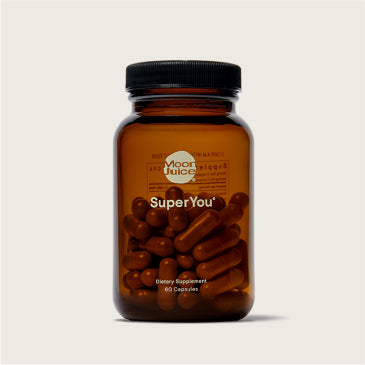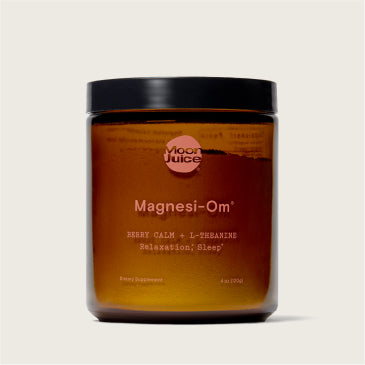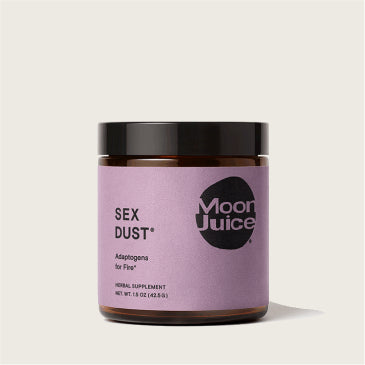When you think of electrolytes, what comes to mind? Brightly colored, high-sugar sports drinks might have gotten all the glory in years past. However, you don’t need to sip on a sugar-filled sports drink with artificial additives to get your fix of these essential minerals. (Recap: The body requires a large amount of these electrically charged substances — which include Calcium, Magnesium, Chloride, Sodium, and Potassium — to help regulate chemical reactions and maintain fluid balance within and outside of cells.) ICYMI, there are plenty of whole, healthy foods with electrolytes. Better yet, there’s a decent chance that some of them are already staples in your diet.
In this article, we’ll outline the top 10 foods high in electrolytes. And later: a smarter way to sip your way to fluid balance and optimal hydration — zero sugar required.
1. Spinach
Leafy greens are included in many top 10 lists for healthy eating — including this one for foods highest in electrolytes. Spinach in particular is an excellent source of many essential minerals — not to mention other vital micronutrients and fiber. Per the USDA, one cup of cooked spinach offers:
- 126 mg of Sodium
- 245 mg of Calcium
- 157 mg of Magnesium
- 839 mg of Potassium
- 101 mg of Phosphorus
Want to get more of this electrolyte-rich green in your daily rotation? Use it as a base for salads, throw a handful into smoothies or stir-frys, or keep a bag on hand to whip up as a regular side dish.
2. Avocados
Avocados aren’t merely an Instagrammable staple at brunch; they’re also a good source of a few essential and trace minerals (including Zinc). According to the USDA, a 150-gram raw avocado contains noteworthy amounts of electrolytes as follows:
- 43.5 mg of Magnesium
- 728 mg of Potassium
- 78 mg of Phosphorus
It’s incredibly simple to integrate avocados into meals and snacks. Think: the standard of avocado toast but also guacamole, sliced onto a salad, or added to smoothies or DIY dressings for creaminess. This source of healthy fat is among the top food sources to support electrolyte balance.
3. Bananas
Bananas are famed for a few things, including their status as a post-workout snack and their impressive Potassium content. The USDA cites this medium-sized tropical fruit’s essential electrolyte counts as follows:
- 31.9 mg of Magnesium
- 422 mg of Potassium
- 26 mg of Phosphorus
Keep a bunch of bananas stocked at home to enjoy for breakfast, after your go-to sweat sesh, or even as a healthy yet still decadent dessert alongside dark chocolate and berries.
4. Watermelon
This beloved, beyond delicious summer fruit deserves a spot on this list of the top 10 foods high in electrolytes. According to the USDA, a cup of diced watermelon (about 150 grams) contains:
- 10.5 mg of Calcium
- 15.2 mg of Magnesium
- 170 mg of Potassium
- 16.7 mg of Phosphorus
In addition, many people go to watermelon for hydration as it’s one of the most hydrating foods you can eat. (Water’s in its name, after all.) Per the UT Southwest Medical Center, this fruit consists of 92 percent H2O. Simply put, it’s a one-and-done deal to help ensure you meet needs for electrolytes and fluids one juicy bite at a time.
5. Oranges
Sure, oranges are famed for their Vitamin C content, thus making them most people’s go-to fruit as soon as they feel under the weather. However, you can also slice up these bright citrus fruits in your quest to enjoy a higher number of foods with electrolytes — namely Potassium. The USDA notes that one 140-gram navel orange offers:
- 60.2 mg of Calcium
- 15 mg of Magnesium
- 232 mg of Potassium
Plus, the Florida Department of Citrus explains that orange juice is a safe bet to reach your Potassium goals, as an 8-ounce cup provides 10 percent of the recommended daily value. (Some types of OJ will also be fortified with Calcium — a serving of which can provide up to 30 percent of this essential mineral.) A 2020 study published in the Journal of Nutrition and Health Sciences found that drinking 100-percent OJ after exercising was just as hydrating as sports drinks. If you need to restore essential electrolyte balance post-exercise or sweating, oranges (and their freshly squeezed juice) are a safe bet.
Keep in mind that all types of citrus are known to have natural electrolytes. So, next time you’re craving something refreshing, try making lemon electrolyte water!
6. Potatoes
Potatoes are an ubiquitous food in many American diets. Luckily, they’re a great source of Potassium. In fact, the Idaho Potato Commission notes that a medium potato contains double the amount of this electrolyte compared to bananas. (As an added bonus, it’ll help you reach 45 percent of your daily intake for Vitamin C, too.) Per the USDA, notable counts of natural electrolytes in a medium potato are:
- 49 mg of Magnesium
- 905 mg of Potassium
- 121 mg of Phosphorus
Aim to bake or roast these root veggies to throw into salads, bowls, or side dishes.
7. Lentils
Lentils are a powerhouse food for plant-based eaters and omnivores alike. Not only are lentils a healthy source of protein and fiber, but they’re also packed with micronutrients — electrolytes included. The Harvard T. H. Chan School of Public Health notes that these legumes are rich in Potassium in particular, as it counts towards about 25 percent of the recommended intake for adult men and 30 percent for adult women. The USDA says you can anticipate to get 731 mg of this electrolyte from one cup of boiled, unsalted lentils.
Want to get creative with your lentil intake? Switch things up by using them as a base for stews, adding them to salads, or cooking up veggie burgers.
8. Nuts
Almonds and nuts — including Brazil nuts, peanuts, and cashews — are among the top whole food sources of Magnesium. Unfortunately, about half of the US population doesn’t get enough of this essential mineral, which is crucial for everything from sleep and relaxation to brain health and bowel movements. As an electrolyte, we also know it’s also involved in maintaining healthy, hydrated cells.
A 2022 study published in the journal Foods investigated 10 types of nuts (sourced in Poland) for their content of crucial minerals that many people are deficient in, including the electrolytes Calcium, Potassium, and Magnesium. A few key findings of note:
- Almonds had the highest median Calcium content (and are considered the only valid source of calcium)
- Brazil nuts had the highest Magnesium content (all nuts were a valid source)
- Pistachios had the highest Potassium content (8 of 10 nuts were valid sources)
For these reasons and more, keep a stash or two of nuts — perhaps mixed or honing in on the natural electrolytes you need most — on hand to enjoy as a snack, on top of salads, or added into smoothies and desserts for a satisfying crunch.
9. Fish
Fish is another catch-all food to prioritize if you want to consume more electrolytes in your diet. The Washington State Department of Health explains that fish is rich in Calcium and Phosphorus and a good source of Magnesium and Potassium — not to mention trace minerals like Iodine, Iron, and Zinc.
Aim to enjoy fish at least twice per week to cover countless nutritional bases.
10. Sea Salt
Small but mighty, sea salt is one of the top foods with electrolytes. Naturally, you might equate salt to Sodium only. Per one 2017 study published in Food & Nutrition Research, it contains around 85 percent Sodium Chloride (NaCl). However, it can also packs:
- 1.5 mg/g of Calcium
- 2.9 mg/g of Potassium
- 3.9 mg/g of Magnesium
Conversely, refined salt contains closer to 99.9 percent Sodium Chloride (NaCl) and no measurable amounts of other essential minerals or trace minerals. As such, if you want your salt intake to advance your goal to get more natural electrolytes in your system, opting for sea salt is ideal. Grab it as you would for typical uses — cooking, seasoning, and the like — or you can even add a sprinkle or two to water for a natural electrolyte drink.
Note: Most adults in the US get more than enough Sodium in their diets — about 3,400 mg per day, on average. The Dietary Guidelines for Americans advises capping Sodium intake at 2,300 mg, while the American Heart Association (AHA) recommends stricter limits at 1,500 mg for ideal heart health. (Moreover, certain people — such as those with high blood pressure, kidney or heart issues, and blood sugar imbalances — should limit their intake as guided by their physicians.) Unfortunately, the AHA estimates that over 70 percent of this Sodium comes from processed foods and only 14 percent from fresh, whole foods. All things considered, it’s crucial to be mindful of where your Sodium comes from, how much you get in, and how it fits into your greater dietary and lifestyle patterns.
The Takeaway
There are plenty of delicious and healthy ways to rev up your electrolyte intake to power your cells, balance fluids throughout the body, and promote overall well-being. Hopefully you’re consuming at least a few of these foods with electrolytes on a regular basis. But just in case you want to mix things up on the electrolyte front, you can also lean on high-quality electrolyte drink powders.
You can easily replenish electrolytes with Mini Dew™! Our electrolyte powder is formulated with:
- A microplastic-free pink salt electrolyte to support optimal hydration*
- Ionic trace minerals to give the body the elements it needs to feel good and energized*
- Chelated essential minerals to help enhance cognitive performance and reduce brain fog*
This electrolyte drink powder instantly dissolves in water and tastes like organic watermelon, a pinch of minerals, and a dash of pink salt. Quench your thirst by adding 1 tsp to 12 ounces of water daily, or whenever you need an extra boost post-exercise, sweat, or travel.
Sign Up, Nerd Out
Get wellness tips, education, and recipes
delivered straight to your inbox.
Get wellness tips, education,
and recipes delivered
straight to your inbox.
Sources
- https://www.health.harvard.edu/staying-healthy/precious-metals-and-other-important-minerals-for-health
- https://my.clevelandclinic.org/health/diagnostics/21790-electrolytes
- https://fdc.nal.usda.gov/fdc-app.html#/food-details/168463/nutrients
- https://fdc.nal.usda.gov/fdc-app.html#/food-details/1102652/nutrients
- https://fdc.nal.usda.gov/fdc-app.html#/food-details/167765/nutrients
- https://utswmed.org/medblog/hydrating-healthy-foods/
- https://fdc.nal.usda.gov/fdc-app.html#/food-details/746771/nutrien
- https://www.floridacitrus.org/oj/nutrition-facts/hydration/
- https://www.annexpublishers.com/articles/JNH/7101-Gastrointestinal-Implications-of-Post-Exercise-Orange-Juice-Consumption.pdf
- https://idahopotato.com/dr-potato/potassium-a-natural-electrolyte-is-abundant-in-potatoes
- https://www.hsph.harvard.edu/nutritionsource/food-features/lentils/
- https://ods.od.nih.gov/factsheets/Potassium-HealthProfessional/
- https://fdc.nal.usda.gov/fdc-app.html#/food-details/172421/nutrients
- https://www.ncbi.nlm.nih.gov/pmc/articles/PMC9601893/
- https://doh.wa.gov/community-and-environment/food/fish/health-benefits
- https://www.ncbi.nlm.nih.gov/pmc/articles/PMC5328355/
- https://www.fda.gov/food/nutrition-education-resources-materials/sodium-your-diet
- https://www.heart.org/en/healthy-living/healthy-eating/eat-smart/sodium/effects-of-excess-sodium-infographic

